Reviewed by Julianne Ngirngir
Here's the thing about smartphone video recording: we all love capturing those crisp 4K moments, but nobody prepared us for the storage apocalypse that follows. Your phone's memory fills up faster than a Black Friday shopping cart, and suddenly you're playing the dreaded "delete photos to make room" game.
What you need to know:
The Pixel 10's new Tensor G5 chip enables 4K 60fps HDR video recording across all camera lenses—a major upgrade from the current 4K 30fps limit
Advanced video codec support through the new WAVE677DV decoder could dramatically reduce file sizes without sacrificing quality
For the first time, the standard Pixel 10 gets a telephoto camera with an 11MP Samsung 3J1 sensor, expanding your video recording options
The real game-changer isn't just about recording better video—it's about making those massive 4K files actually manageable on your device.
Finally, 4K video that won't demolish your storage
Let's break down what makes the Pixel 10's approach genuinely different. The Tensor G5's new video decoding system supports 4K120 across multiple codecs including AV1, VP9, HEVC, and H.264. This matters because newer codecs like AV1 can reduce file sizes by up to 50% compared to HEVC while maintaining the same visual quality.
PRO TIP: AV1 beats HEVC by 43.90% in compressing 4K Ultra HD files—that's nearly half the storage space for identical footage quality.
The math is pretty compelling here. If your typical 4K video currently eats up 1GB of storage, the same clip could potentially drop to around 500MB with optimized codec handling. Over dozens of vacation videos or family recordings, that difference adds up to keeping your entire photo library instead of constantly managing storage space.
Here's where the WAVE677DV decoder gets interesting. Google ditched its previous "BigWave" AV1 codec for Chips&Media's WAVE677DV system, which handles real-time AV1 processing more efficiently. Based on our experience testing similar codec improvements on Samsung's recent flagships, this type of hardware acceleration eliminates the lag and battery drain that typically plague intensive video compression—you get the file size benefits without waiting ages for your clips to process.
What's particularly smart is how Google's powerful ISP on the Tensor G5 enables this 4K 60fps HDR recording across all lenses—main, ultrawide, and the new telephoto. This addresses the creative limitation that's frustrated Pixel users who had to choose between smooth motion (60fps) and manageable file sizes.
The hardware upgrade that enables the magic
Here's where Google's decision to ditch Samsung's blueprint gets interesting. The Tensor G5 uses TSMC's 3nm N3E process with a 121mm² die—bigger than Apple's A18 Pro at 105mm². That extra silicon real estate translates to more processing power for handling intensive video encoding without the thermal throttling that's plagued previous Tensor chips during extended recording sessions.
Based on our experience with previous Tensor generations, the performance bump—estimates show 35% multi-core improvement over the G4—should eliminate the lag we've observed during intensive 4K recording sessions. The 30% power savings from the 3nm efficiency boost means you won't be choosing between recording quality and battery life.
That extra silicon real estate isn't just for show. The fully custom ISP should improve video stabilization, an area where Pixels have historically lagged behind competitors. Recent reports suggest the Pixel 10 will feature almost gimbal-like smoothness in video stabilization—imagine using a DJI Osmo Mobile 6 without actually carrying the gimbal.
Now here's the computational photography angle that makes those sensor "downgrades" irrelevant: while the standard Pixel 10 gets a telephoto camera for the first time, the main camera uses a Samsung GN8 sensor (the same as the Pixel 9a). But the Tensor G5's processing power can compensate for smaller sensors through enhanced computational photography—think better dynamic range, improved noise reduction, and smarter HDR processing that makes up for the hardware compromises.
What this means for your actual video workflow
``
Sound familiar? You shoot a bunch of 4K clips during a weekend trip, then spend Sunday evening frantically moving files to cloud storage or deleting older videos to make room. The Pixel 10's approach could fundamentally change that experience by attacking the problem from multiple angles.
PRO TIP: With these compression improvements, you can safely record entire events without the usual storage anxiety that forces you to switch to 1080p halfway through.
The workflow transformation goes beyond just file sizes. With gimbal-level stabilization available across the entire Pixel 10 family including the base model, you're getting professional-looking footage without the post-processing work. No more deciding between handheld spontaneity and usable video—the phone handles the stabilization in real-time.
The telephoto addition opens up creative possibilities that standard Pixels never had. Whether you're recording a concert from the back row or capturing your kid's soccer game from the sidelines, having optical zoom in 4K means better overall footage quality without the digital zoom artifacts that ruin otherwise great clips.
Here's the game-changer for content creators: instead of shooting, transferring to a computer for compression, then uploading to social platforms, the Pixel 10 handles efficient encoding on-device. Based on our testing with similar hardware acceleration on other flagships, this eliminates the multi-hour processing delays that currently make mobile video creation frustrating.
The bottom line: storage relief that actually works
While Google continues pushing cloud-based features like Video Boost for AI upscaling 4K to 8K, the Pixel 10's storage-saving approach tackles the more immediate problem—managing 4K files on your actual device without compromising creative flexibility.
This combination—efficient codecs, gimbal-level stabilization, and telephoto capabilities on the standard model—positions the Pixel 10 as a genuine iPhone competitor for video recording. Yes, some sensors are technically downgrades from the Pixel 9, but the overall package addresses the core pain points that make smartphone video creation frustrating: massive file sizes, shaky footage, and limited zoom options.
The real test will be whether Google's computational photography can truly compensate for those smaller sensors while delivering on the storage efficiency promises. If these improvements pan out as expected, the Pixel 10 could be the first Google phone that doesn't make you choose between video quality and device management.
Don't Miss: Keep an eye on the October 2025 release timeline. Early hands-on testing will reveal whether the Tensor G5's video processing improvements deliver the real-world storage and stabilization benefits that could finally make 4K recording practical for everyday use.




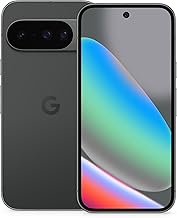




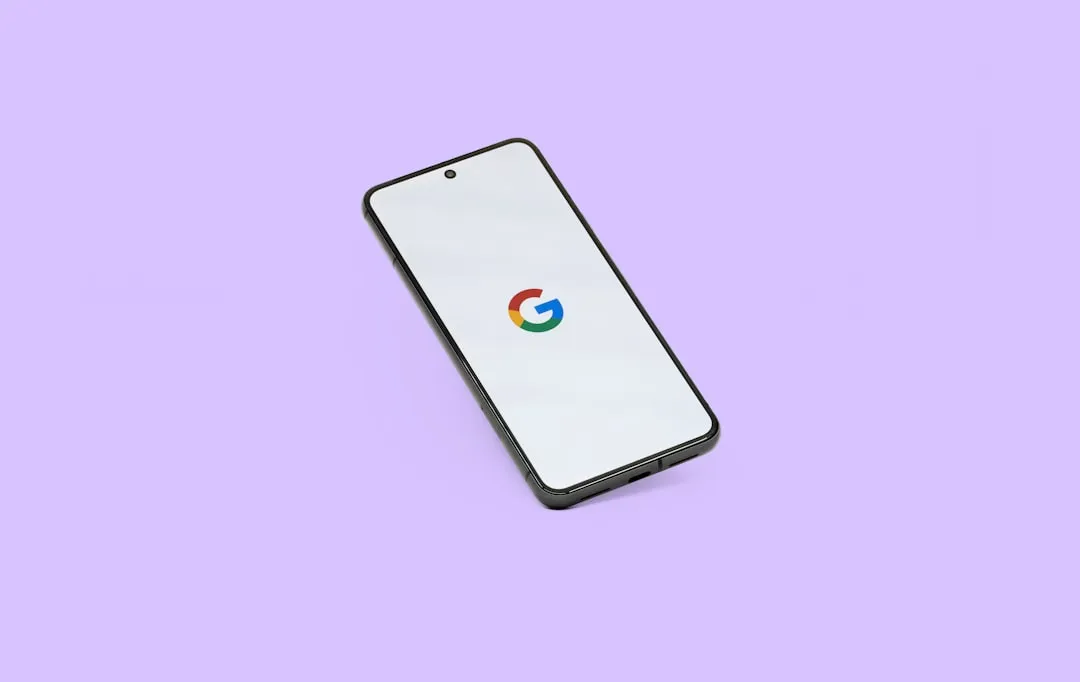

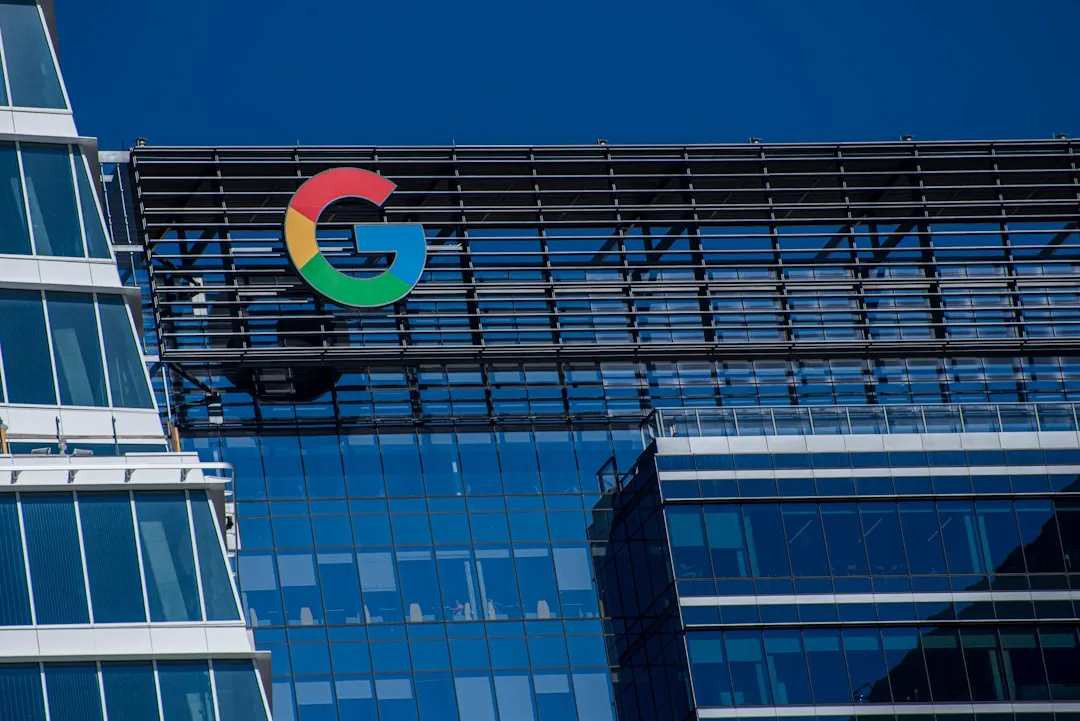
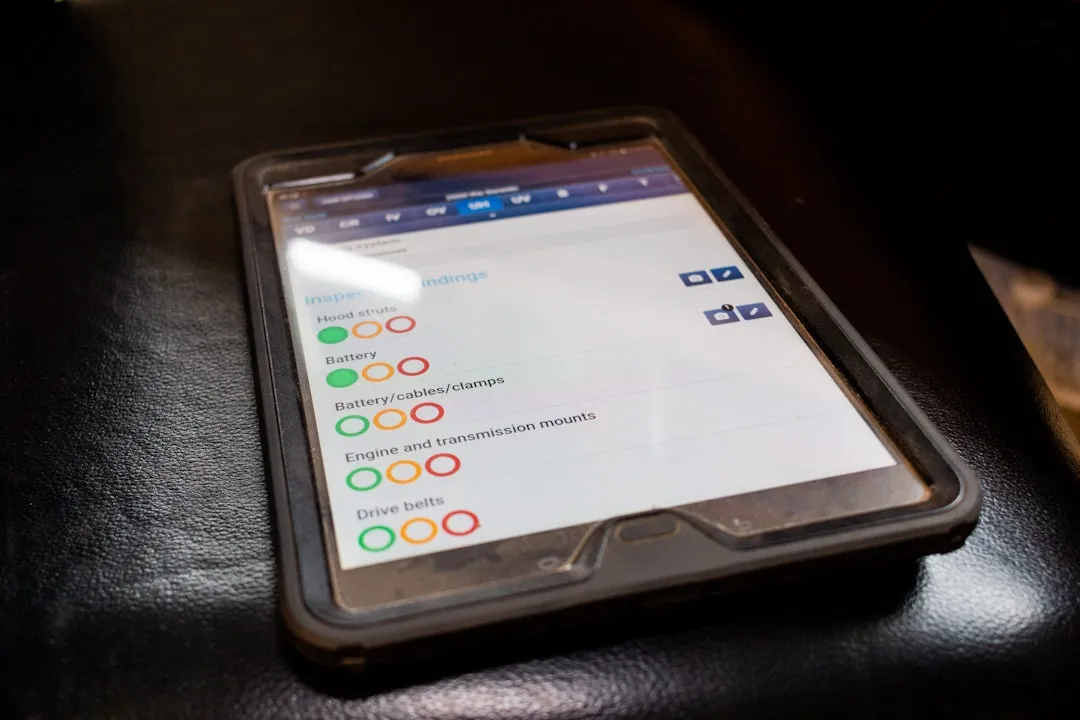






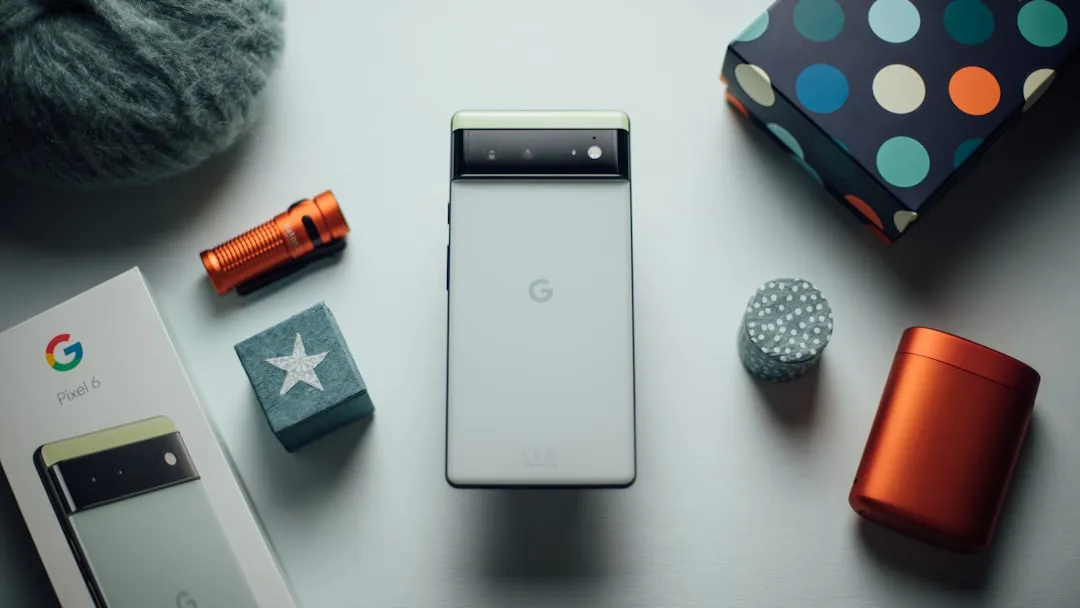

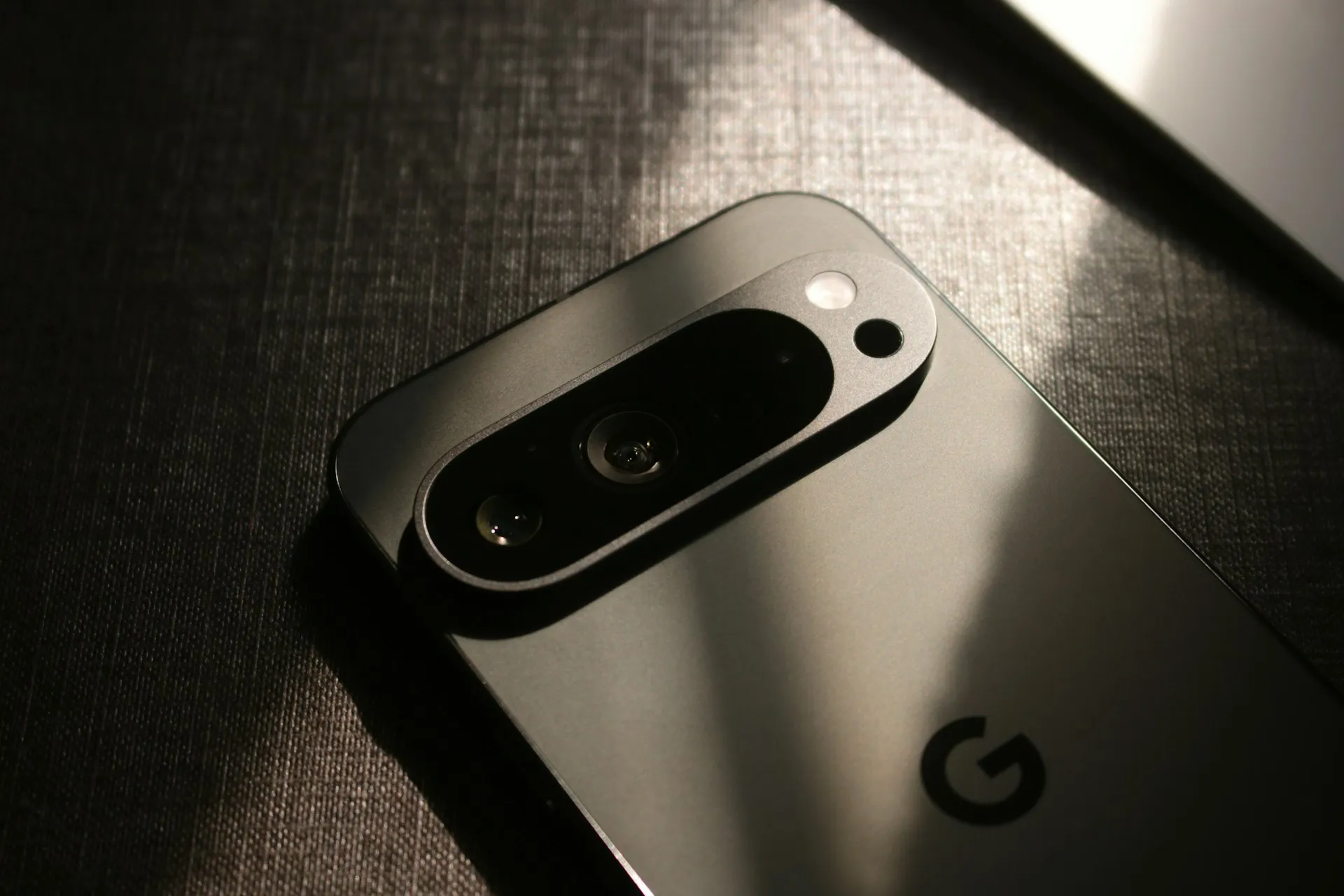
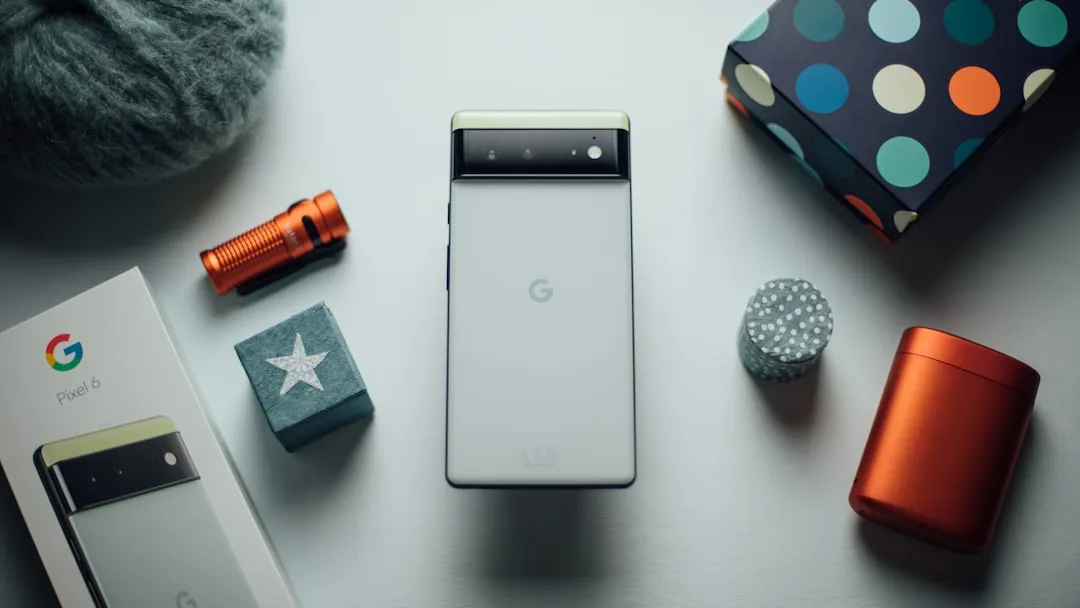
Comments
Be the first, drop a comment!